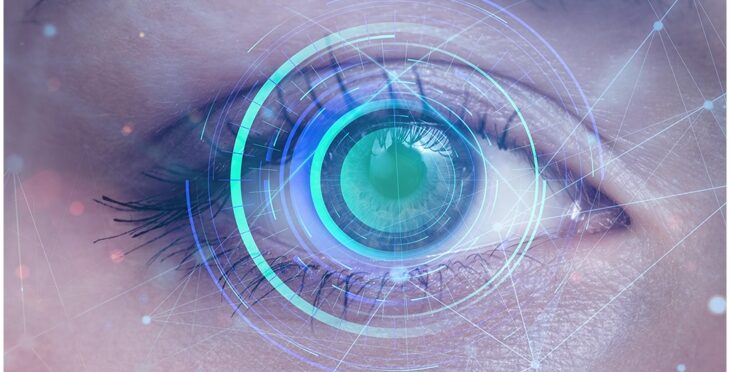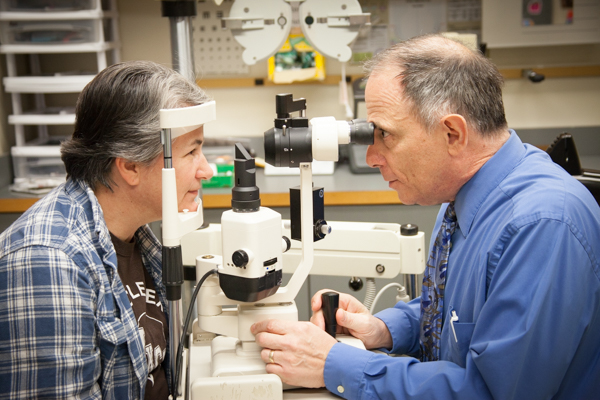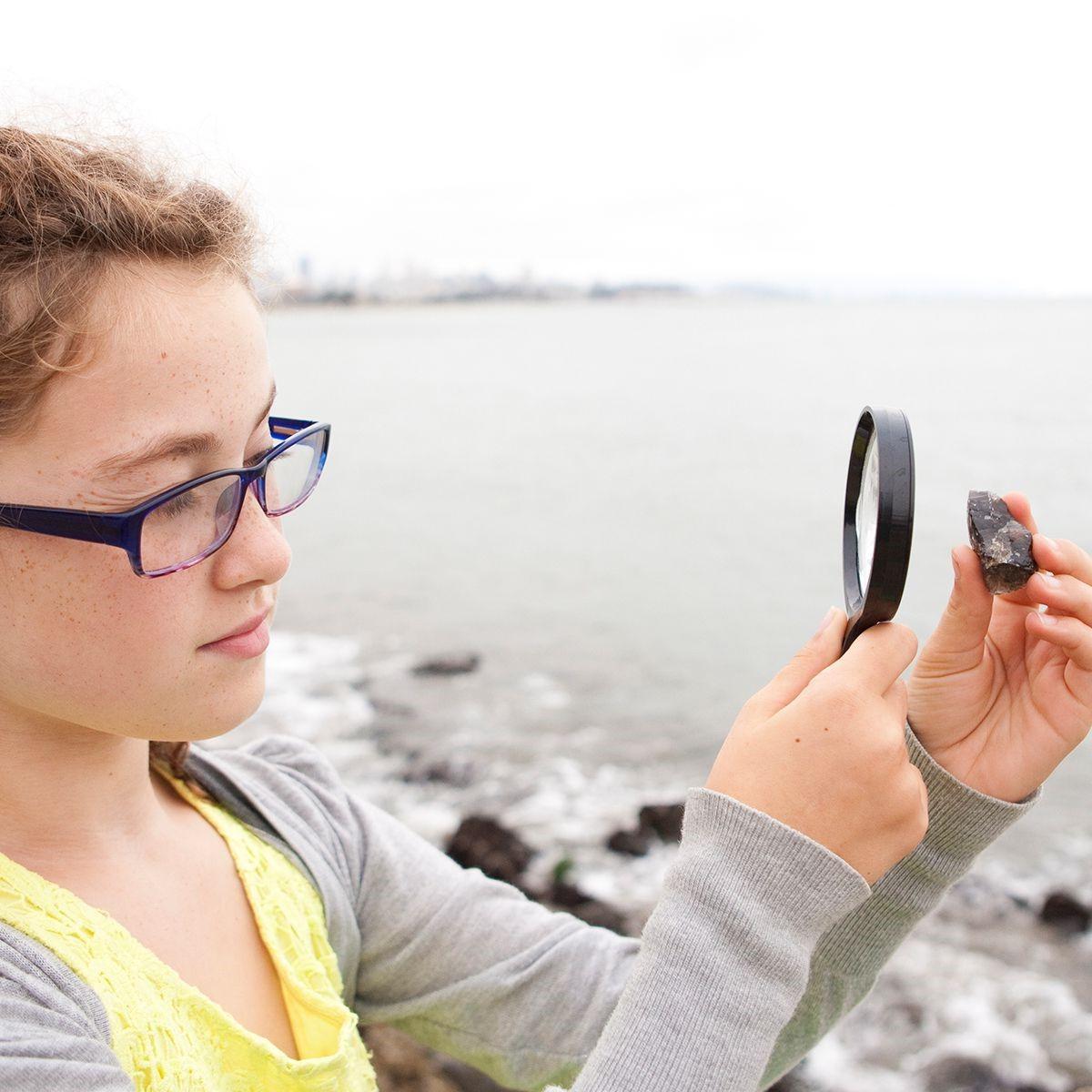Eyecare Near Me: Comprehensive and Reliable Vision Providers
Eyecare Near Me: Comprehensive and Reliable Vision Providers
Blog Article
The Duty of Advanced Diagnostic Devices in Identifying Eye Disorders
In the world of ophthalmology, the usage of innovative diagnostic tools has actually changed the early recognition and administration of numerous eye conditions. As the demand for accurate and prompt medical diagnoses proceeds to grow, the integration of innovative tools like optical comprehensibility tomography and visual field testing has actually come to be crucial in the realm of eye treatment.
Importance of Early Medical Diagnosis
Very early medical diagnosis plays a crucial duty in the reliable management and treatment of eye problems. Prompt recognition of eye problems is critical as it permits prompt treatment, possibly preventing further progression of the disease and minimizing long-term problems. By discovering eye conditions at a beginning, health care providers can provide proper therapy strategies customized to the details problem, eventually resulting in much better outcomes for patients. Very early medical diagnosis allows clients to access essential support services and resources quicker, improving their overall quality of life.

Technology for Finding Glaucoma
Innovative diagnostic innovations play an essential duty in the early discovery and monitoring of glaucoma, a leading reason of irreversible loss of sight worldwide. One such modern technology is optical comprehensibility tomography (OCT), which provides thorough cross-sectional pictures of the retina, permitting for the measurement of retinal nerve fiber layer density. This measurement is necessary in assessing damages triggered by glaucoma. One more advanced tool is visual area screening, which maps the sensitivity of an individual's visual field, helping to find any type of areas of vision loss quality of glaucoma. Additionally, tonometry is utilized to measure intraocular stress, a major risk aspect for glaucoma. This examination is crucial as raised intraocular stress can result in optic nerve damages. In addition, newer innovations like the use of fabricated intelligence algorithms in examining imaging information are revealing promising cause the very early discovery of glaucoma. These advanced analysis devices enable eye doctors to diagnose glaucoma in its early stages, enabling prompt treatment and far better management of the disease to stop vision loss.
Duty of Optical Comprehensibility Tomography

OCT's capability to quantify retinal nerve fiber layer density enables for precise and unbiased measurements, assisting in the early detection of glaucoma even prior to visual area problems come to be evident. Overall, OCT plays a critical function in boosting the diagnostic accuracy and management of glaucoma, ultimately contributing to much better results for people at risk of vision loss.
Enhancing Diagnosis With Visual Area Testing
An important element in detailed ocular assessments, aesthetic area testing plays a crucial role in improving the diagnostic process for various eye disorders. By evaluating the full extent of a patient's visual area, this examination gives important info concerning the useful stability of the entire visual pathway, from the see this page retina to the aesthetic cortex.
Aesthetic area testing is particularly important in the diagnosis and monitoring of problems such as go glaucoma, optic nerve disorders, and various neurological diseases that can influence vision. Via measurable measurements of peripheral and main vision, clinicians can identify subtle changes that may suggest the visibility or development of these disorders, also prior to noticeable symptoms happen.
Moreover, aesthetic field testing enables the tracking of treatment efficiency, aiding eye doctors customize healing interventions to private clients. eyecare near me. By tracking adjustments in aesthetic area efficiency gradually, doctor can make informed choices regarding changing medicines, suggesting surgical interventions, or carrying out various other ideal steps to maintain or improve a client's aesthetic feature
Taking Care Of Macular Deterioration

Final Thought
In verdict, progressed analysis tools play a crucial duty in identifying eye conditions early on. Technologies such as Optical Comprehensibility Tomography and visual field screening have significantly enhanced the precision and performance of diagnosing conditions like glaucoma and macular degeneration.
Report this page